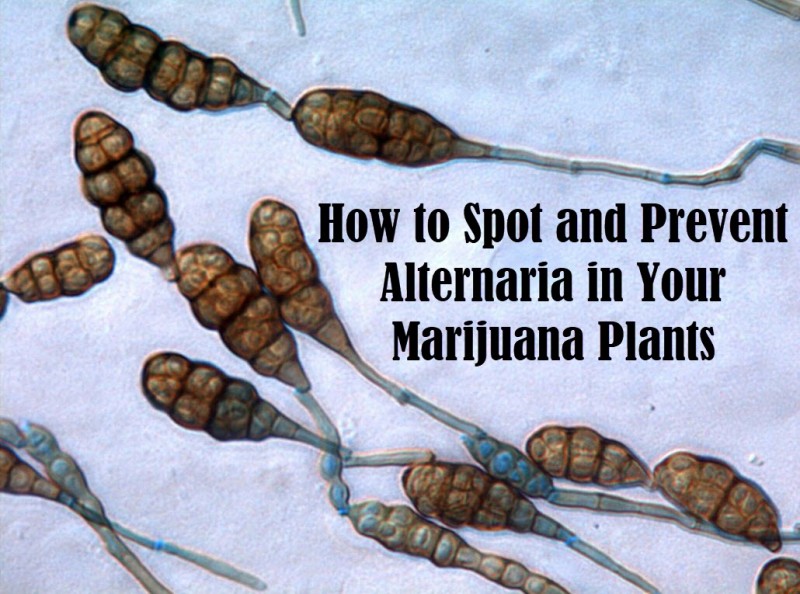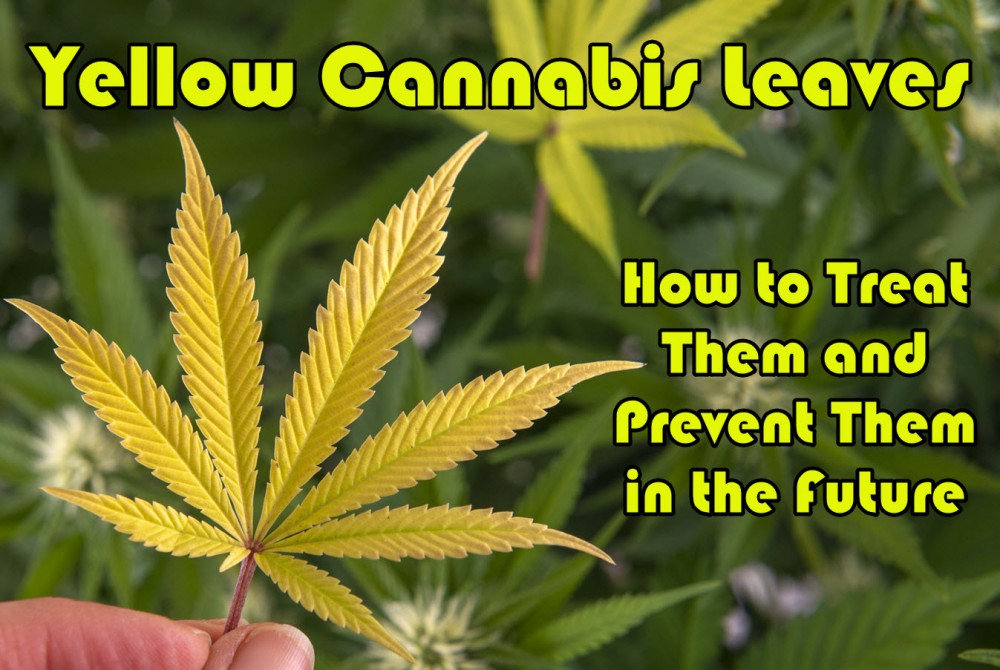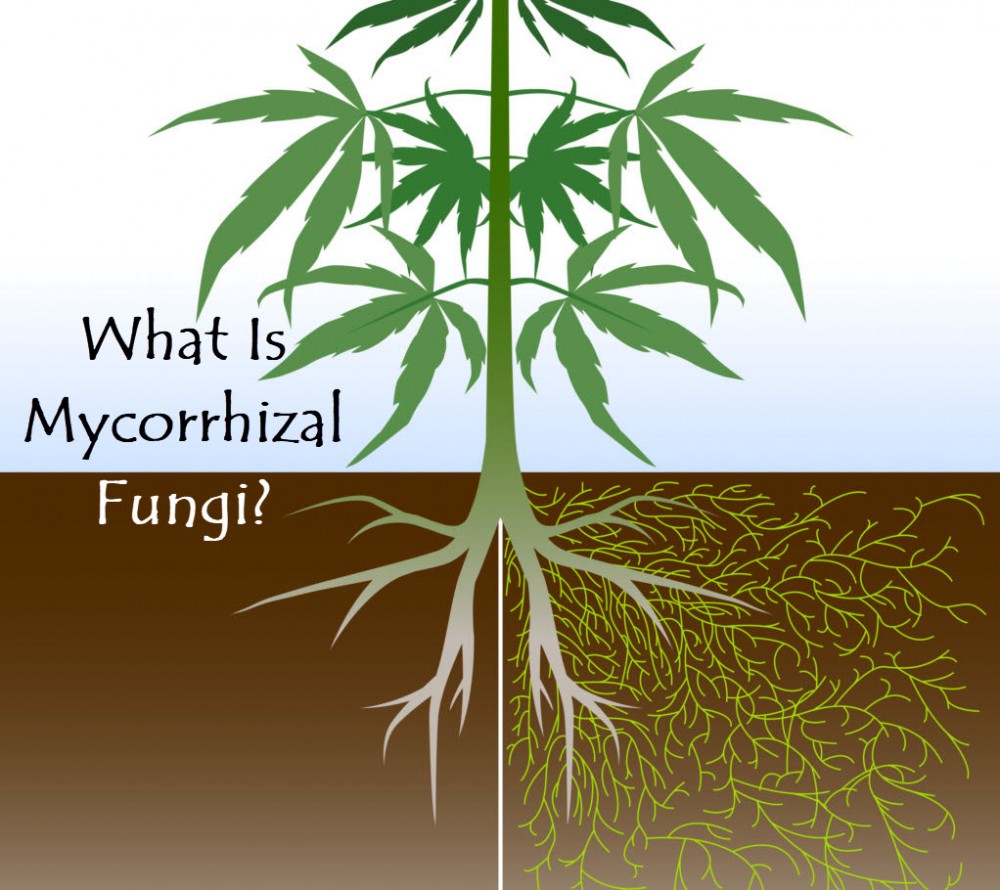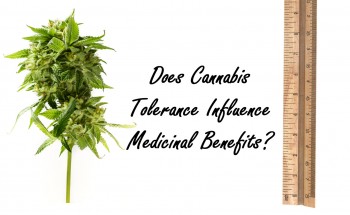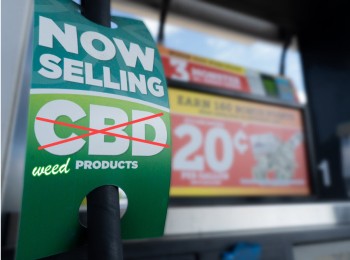How to Detect and Prevent Alternaria in Cannabis Plants
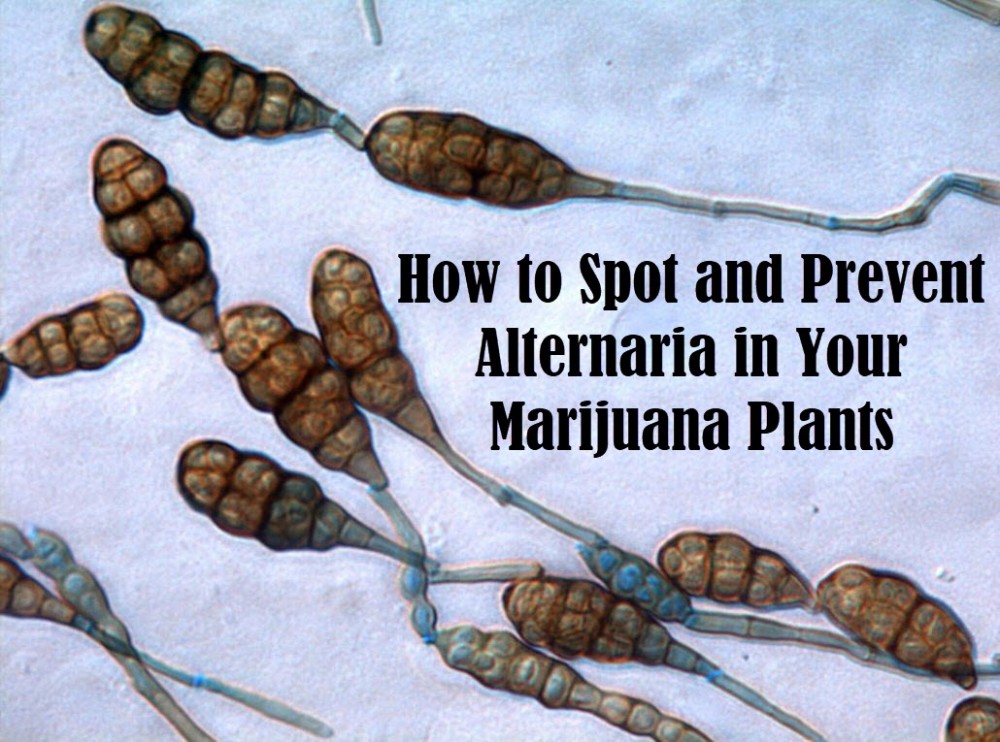
Fungal infections are very troublesome for the majority of canna growers to handle as they have a devastating effect on the health of the plant and eventually on the final yield. One such fungal that poses a great threat to the cannabis plant is the Alternaria fungus which is not relatively known but can be very deadly to cannabis plants and your grow operation.
What is Alternaria?
Alternaria is a pathogenic fungal specie that affects plants with the expression of purplish-brown spots. Alternaria is transferred through the air and soil and is aided by specific conditions around plants like warm temperature, high levels of humidity, and wet leaf surfaces. Upon alternaria infection, the plant is badly weakened and gives rise to spots on the leaves characterized by a purple-brown color. The purple-brown spots also have other black spots upon them which are the spores of the alternaria. Alternaria spots are known as conidia and are used by the fungus for reproduction.
Alternaria affects a wide range of plants such as carrot, beans, tomatoes, some herbaceous plants, and as expected cannabis. It is known to affect all the stages of growth of the plant and give rise to stunted growth and damping off. Plants being grown in poor soil and with bad nutrients management which can cause deficiencies of minerals such as oxygen and potassium are susceptible to alternaria as well as plants with preexisting nematode infection.
Symptoms of Alternaria
Alternaria infection begins with the seed before it is transferred to the plant after which it begins to show symptoms. The identifiable symptoms of alternaria are related to the growth of the plant as the symptoms are hard to notice before growth which accounts for its rapid spread in infection. Some of the identifiable symptoms that characterize alternaria in plants include;
Bolting of stems: This is usually the first symptom as the plant develops a flowering stem extension that uses up and draws out a large number of nutrients from where it is more needed.
Distorted leaves: When the alternaria reaches the veins, it shows yellowing around the veins and gives rise to distortion of the leaves.
Spots on the stems: Plants infected by alternaria show appearance of sunken spots on the stem which are of considerable length.
Yellow edges of leaves: Chlorophyll deficiencies of cannabis plants affected by alternaria are shown as yellow edges around the edges of the leaves.
Other symptoms include slow growth and presence of necrotic areas which on the onset of alternaria infection affect the whole plants as the alternaria spores are easily dispersed by wind and water to nearby plants.
Effects of Alternaria
The presence of alternaria in cannabis as expected is detrimental to the health of the plant and ultimately affects the yield. Alternaria infection also leads to the production of inedible seeds that are infected and are bound to cause diarrhea and gastrointestinal problems when ingested by animals.
Alternaria shows characteristics of giving rise to a reduced size of fruits in tomatoes and carrots, as well as wilting and stunted growth and ingestion of alternaria infected fruits by humans causes skin and respiratory allergies.
Prevention
When it comes to alternaria infection, the best course of action for every grower is to try to avoid it by ensuring all the right things are put in places. The saying prevention is better than cure has never been more resounding as the effects of alternaria are surely devastating no matter what the grower does, so the best course of action for a grower is to put the right measures in place to prevent it from arising.
Some of the possible steps that can be taken include
Spacing: Proper and adequate spacing between the cannabis plants in the growing area is bound to limit the possibility of transfer between infected plants and those that are not yet infected.
Limit exposure of leaves to wetness: Prolonged exposure of leaves to wet conditions is one of the factors that give rise to the development of alternaria in plants.
Watering patterns: Watering patterns of cultivars that are susceptible to the disease should be watered very early to ensure that the plant is not wet for long periods. The plants should also be watered at the base and not overhead.
Proper ventilation: Build-up of high humidity levels disposes the cannabis plant to alternaria infection so the grow area needs to be properly ventilated to allow good airflow and reduce humidity.
Treatment
When it comes to the treatment of alternaria, there really is not much that can be done as the safest and most effective course of action is to eliminate the risk of the infection by destroying the affected plants. Fungicides can be used as a form of management alongside sanitation to affect the spread while mulch can also be added to the soil to reduce the transfer to other plants. However, the best course of action still remains to destroy all affected plants.
CANNABIS PLANT FUNGI AND BUGS, READ MORE...
YELLOW CANNABIS PLANT LEAVES, HERE IS WHAT TO DO!
OR...
MYCORRIHIZAL FUNGI AND CANNABIS PLANTS, WHAT IS IT?
